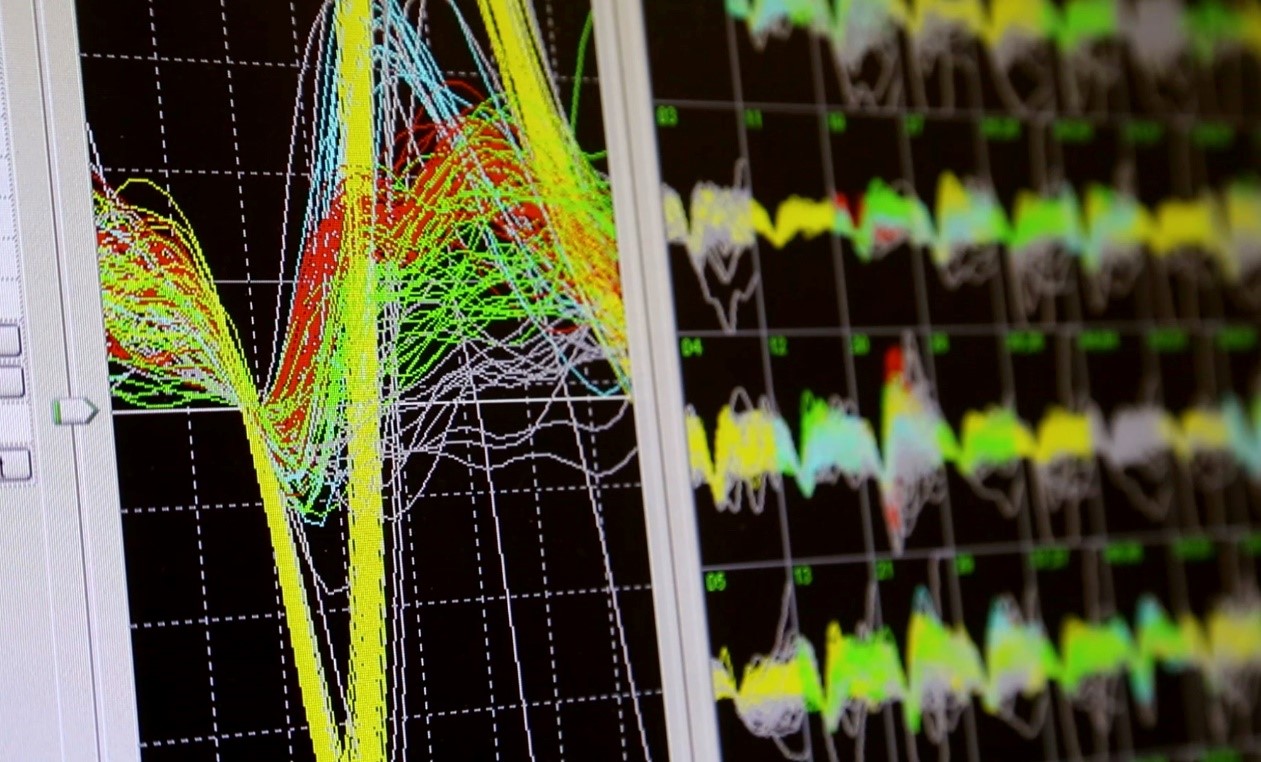
Neuroscientists from Duke University Health System created a brain-machine interface that enables monkeys to guide a robotic wheelchair through sheer willpower. The machine records the impulses transmitted by 300 neurons simultaneously firing as the monkey thinks about moving toward a bowl of fresh grapes, and then converts the data into a machine-language interpreted by the wheelchair’s onboard computer.
More than just a novelty experiment, the interface may lay the foundation for a new solution capable of restoring movement in people suffering from quadriplegia and ALS, explains Miguel Nicolelis, co-director of the Duke Center for Neuroengineering and co-author of the research.

“In some severely disabled people, even blinking is not possible,” Nicolelis said. “For them, using a wheelchair or device controlled by noninvasive measures like an EEG (a device that monitors brain waves through electrodes on the scalp) may not be sufficient. We show that if you have intracranial implants, you get better control of a wheelchair than with noninvasive devices.”
Experimentation began as early as 2012, with scientists implanting hundreds of hair-like microfilaments into the premotor and somatosensory cortex of the brain of two rhesus macaques—these are the sections responsible for planning movement and the conscious perception of touch and movement. The primates were then trained to navigate toward the bowl of grapes while the team recorded the resulting electrical brain activity responsible for this activity. Next, the signals were translated into a command code that could be then interpreted by the on-board-computer responsible for driving the motor.
Over time, something fascinated began to emerge: the macaques became increasingly more efficient at reaching the grapes, completing the activity in a shorter amounts of time. A new signal that was not initially present at the beginning of the experiment now showed that the animals were contemplating their distance to the bowl.
“This was not a signal that was present at the beginning of the training, but something that emerged as an effect of the monkeys becoming proficient in this task,” Nicolelis said. “This was a surprise. It demonstrates the brain’s enormous flexibility to assimilate a device, in this case, a wheelchair, and that device’s spatial relationships to the surrounding world.”
With the BMI proving functional, Nicolelis’ lab plans to improve the BMI’s accuracy by up-scaling the total number of neurons recorded from 300 to a couple of thousands. Previous reports indicate that they’ve successfully recorded up to 2,000 neurons using the same technique, but the device needs to be very accurate before it can move toward human trials.
The findings were published on March 3rd , in the online journal Scientific Reports.
Source: Dukemedicine.org
Advertisement
Learn more about Electronic Products Magazine





